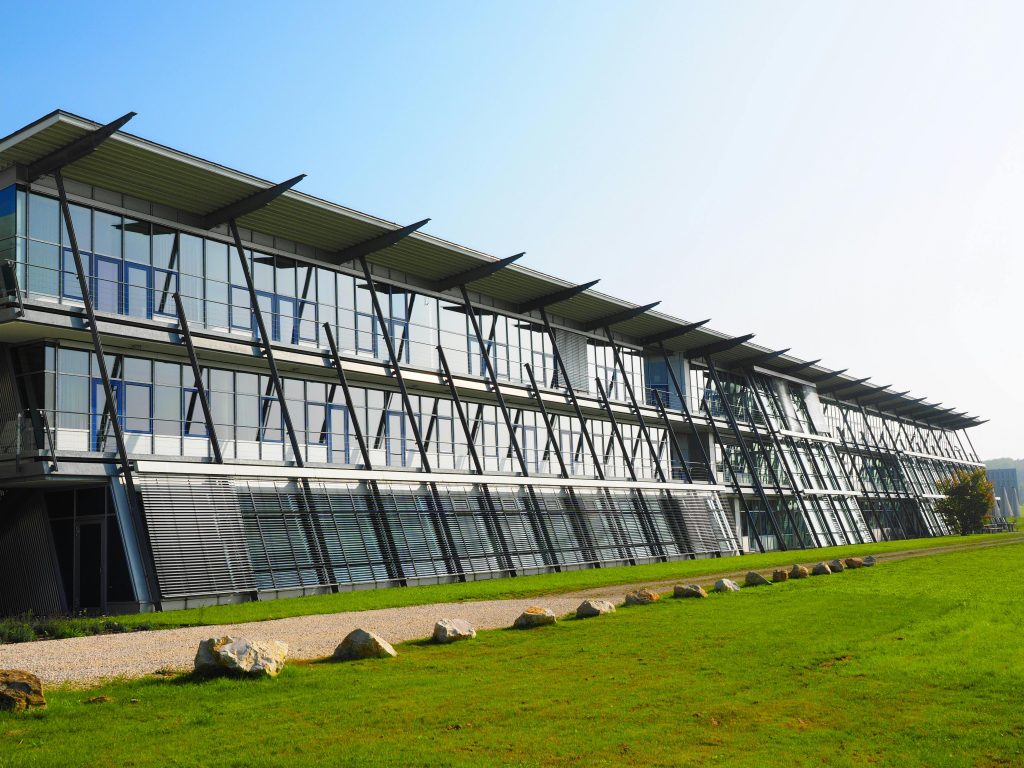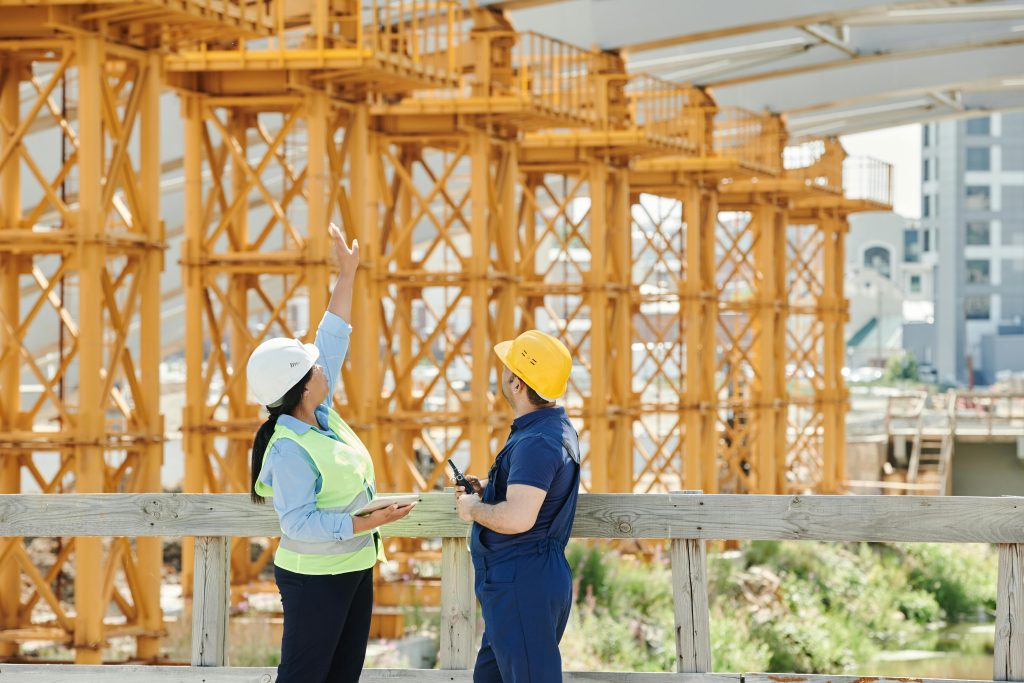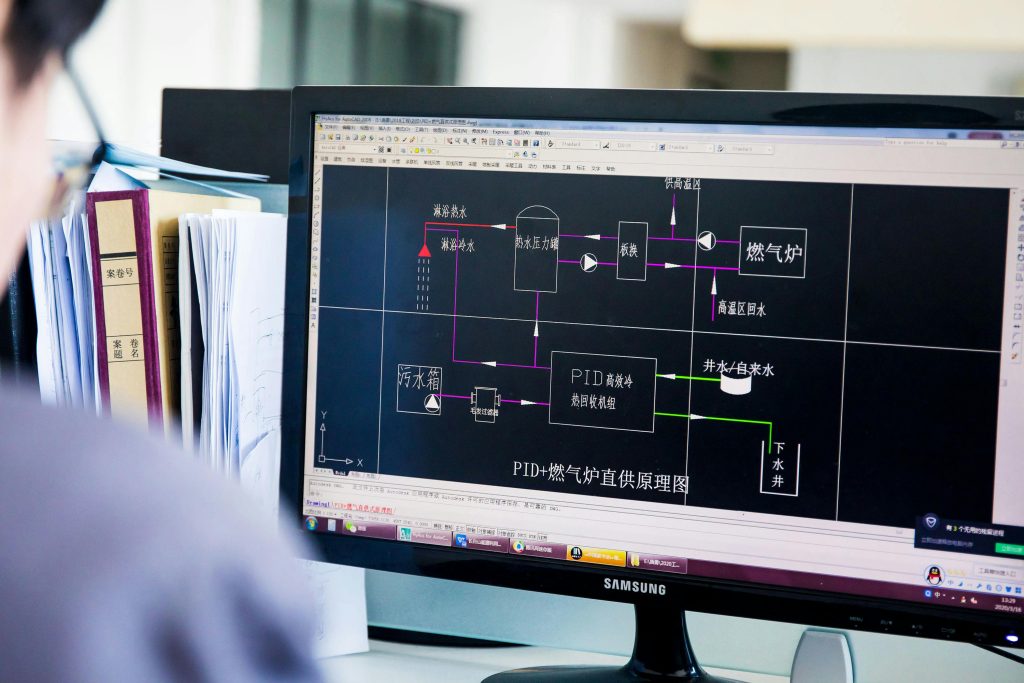The fields of civil engineering and construction are undergoing a transformative phase, driven by technological advancements, sustainability goals, and evolving societal needs. As urbanization accelerates and infrastructure demands grow, the industry is embracing innovative solutions to build smarter, greener, and more resilient structures. This article explores the emerging trends in civil engineering and construction, their impact on the industry, and how forward-thinking organizations are leading the way with cutting-edge practices.
The Changing Landscape of Civil Engineering and Construction
Civil engineering and construction are no longer just about building structures—they are about creating sustainable, efficient, and future-ready solutions. The industry is facing challenges such as climate change, resource scarcity, and the need for rapid urbanization. To address these challenges, civil engineers and construction professionals are adopting new technologies, materials, and methodologies that redefine how projects are designed, executed, and maintained.
Emerging Trends in Civil Engineering and Construction
1. Sustainable and Green Construction
Sustainability is at the forefront of modern construction practices. Green building certifications like LEED and BREEAM are becoming standard, encouraging the use of eco-friendly materials, energy-efficient designs, and renewable energy systems.

2. Smart Infrastructure and IoT Integration
The integration of IoT (Internet of Things) and smart technologies is revolutionizing infrastructure. Smart buildings, bridges, and roads equipped with sensors provide real-time data on performance, enabling predictive maintenance and efficient resource management.

3. Modular and Prefabricated Construction
Modular construction involves assembling building components off-site and transporting them to the construction site. This method reduces waste, speeds up construction timelines, and improves quality control.

4. 3D Printing in Construction
3D printing is transforming the construction industry by enabling the rapid production of complex structures. This technology reduces material waste, lowers costs, and allows for innovative designs.

5. Advanced Materials
The use of advanced materials, such as self-healing concrete, carbon fiber, and graphene, is enhancing the durability and performance of structures. These materials are lightweight, strong, and environmentally friendly.

6. Digital Twins and BIM (Building Information Modeling)
Digital twins—virtual replicas of physical assets—and BIM are being used to simulate, monitor, and optimize construction projects. These tools improve collaboration, reduce errors, and enhance project outcomes.

7. Resilient and Climate-Adaptive Design
With the increasing frequency of extreme weather events, civil engineers are designing structures that can withstand floods, earthquakes, and other climate-related challenges. This includes elevated buildings, flood-resistant materials, and flexible designs.

Benefits of These Trends
- Sustainability: Reduces environmental impact and promotes resource efficiency.
- Efficiency: Speeds up construction timelines and lowers costs.
- Innovation: Enables the creation of unique and complex structures.
- Resilience: Enhances the ability of infrastructure to withstand natural disasters.
- Safety: Improves structural integrity and reduces risks during construction.
The Future of Civil Engineering and Construction
The future of civil engineering and construction is shaped by technology, sustainability, and collaboration. Key trends to watch include:
1. AI and Automation
AI-powered tools and automation will streamline construction processes, from design to execution, improving accuracy and efficiency.
2. Circular Economy in Construction
The adoption of circular economy principles will minimize waste and promote the reuse and recycling of materials.
3. Smart Cities
Civil engineers will play a key role in developing smart cities, integrating IoT, AI, and sustainable practices to create connected and efficient urban environments.
4. Workforce Transformation
The industry will see a shift toward skilled labor, with a focus on training workers in advanced technologies and sustainable practices.
Conclusion
The future of civil engineering and construction is bright, driven by innovation, sustainability, and technology. By embracing emerging trends such as smart infrastructure, modular construction, and advanced materials, the industry is paving the way for smarter, greener, and more resilient structures. As the world continues to evolve, civil engineers and construction professionals will play a critical role in shaping the built environment and addressing the challenges of tomorrow.
The future of construction is innovative, sustainable, and collaborative—and it starts with the adoption of cutting-edge practices today.
References
- “The Role of Technology in Modern Construction” – American Society of Civil Engineers (ASCE)
- “Sustainable Construction Practices” – World Green Building Council
- “The Future of 3D Printing in Construction” – Engineering News-Record (ENR)
- “Smart Cities and the Role of Civil Engineering” – McKinsey & Company